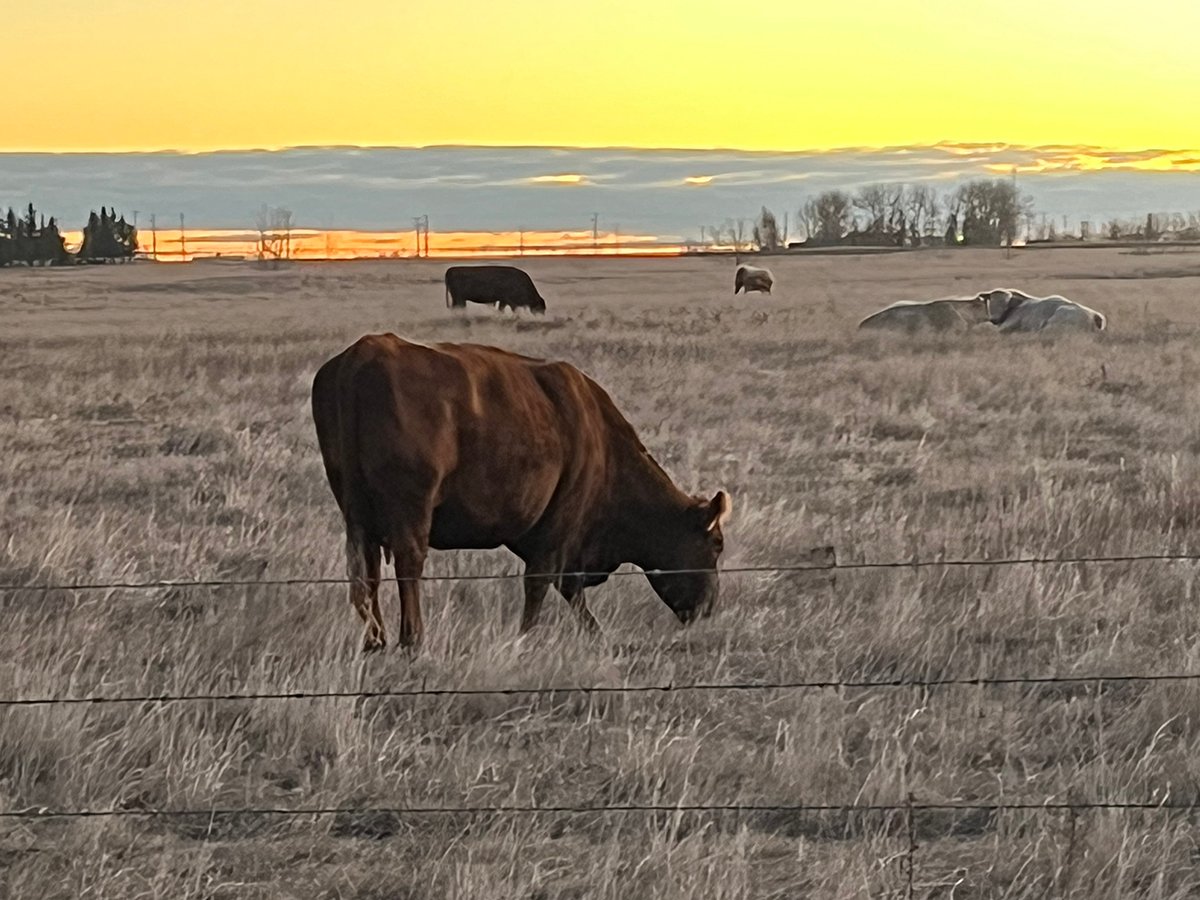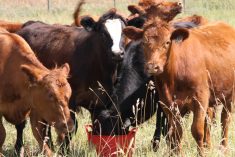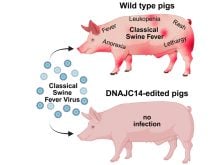Potentially toxic blue-green algae has been found in southeastern Alberta dugouts.
Several cattle were found dead in the Coronation region after drinking the infected water.
Producers have started treating water with bluestone and others are pumping from wells or hauling water to their stock, said Trevor Wallace of Alberta Agriculture at Oyen.
“In fact, I have a dugout myself that I have to treat,” he said.
There are many types of algae that grow rapidly with the right combination of sunlight, warmth and nutrients.
Read Also

Animal protection delivery to change in Saskatchewan
The Saskatchewan government is looking for a new agency to handle animal welfare after Animal Protection Services of Saskatchewan decided not to renew its contract next year.
Some areas in the southeast have experienced near record heat and less than five millimetres of rain this season. But blue-green algae is not a widespread problem.
“Areas that are getting rain get their dugouts replenished with fresh water,” said Wallace.
If producers notice turquoise colored water or a scummy surface, it is time to move cattle away and treat with bluestone (copper sulfate.)
It should be added at the maximum dose of 1/4 to 1/2 pound per 100,000 gallons of water. Too much bluestone can kill other aquatic life.
Hydrated lime is another treatment. The lime settles to the bottom and does not allow algae to release toxins.















